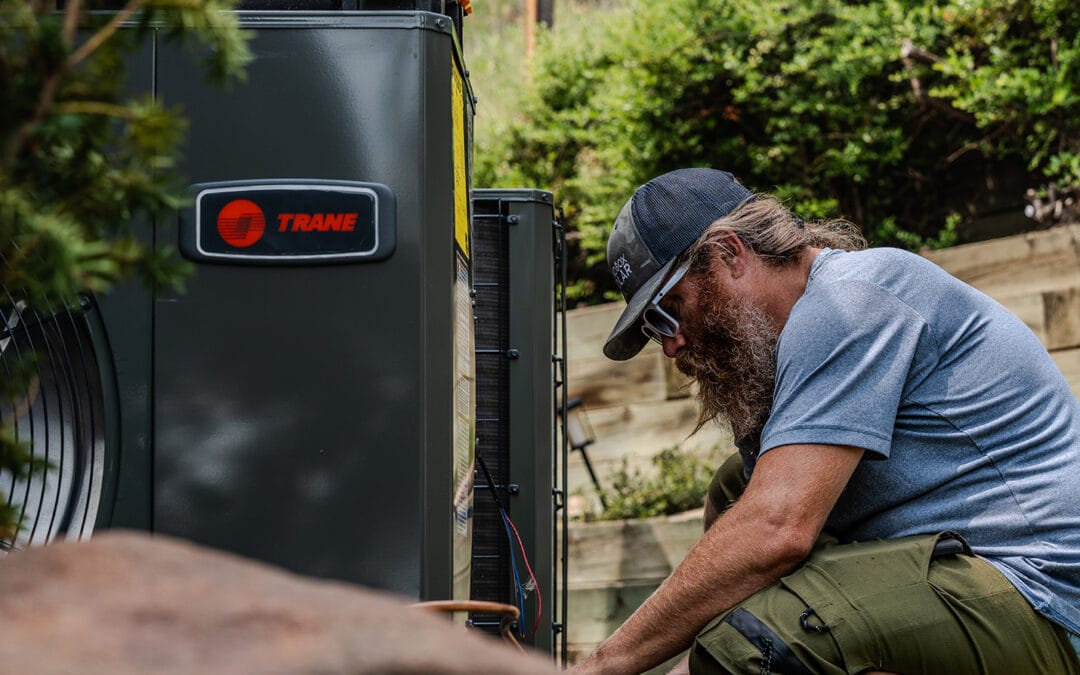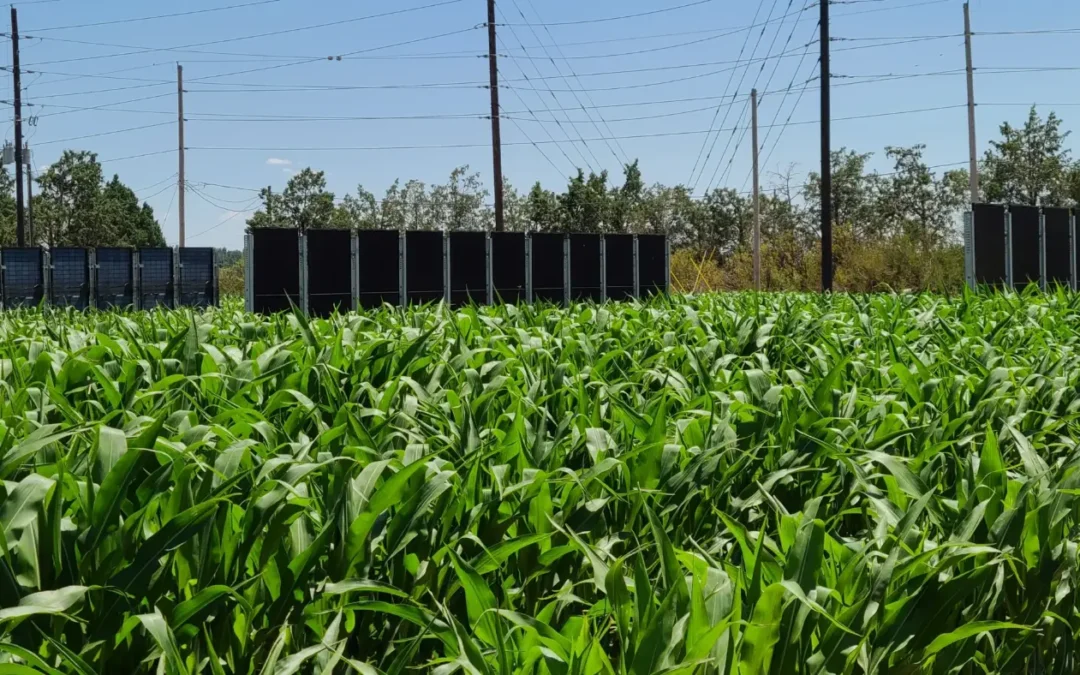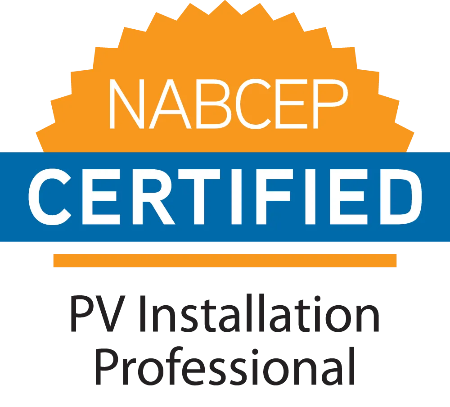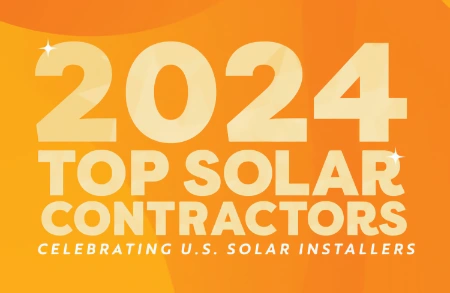How do home solar power systems work, anyway?
At Sandbox Solar, we make solar look easy. If you’re like us and enjoy geeking out about new tech and learning the ins and outs of how something works, then keep reading! Follow along as we explain the components and inner workings of your home solar power system.

How do solar cells absorb solar radiation to creating an electric current?
A standard solar panel consists of a layer of silicon cells, a metal frame, a glass casing, and wiring to allow current to flow from the silicon cells. Silicon is a nonmetal with conductive properties that enable it to absorb and convert sunlight into electricity. Therefore, your panels will generate energy on sunny days and even cloudy days. The process begins with the solar cell absorbing solar radiation. Then, the sun’s rays interact with the silicon cell, and electrons begin to move, creating a flow of electric current. From here, panels generate direct current (DC) electricity when sunlight touches them. However, the amount of electricity a panel can generate depends on many factors. These including, but not limited, to the type of panel, placement of the panel, time of day, and temperature.
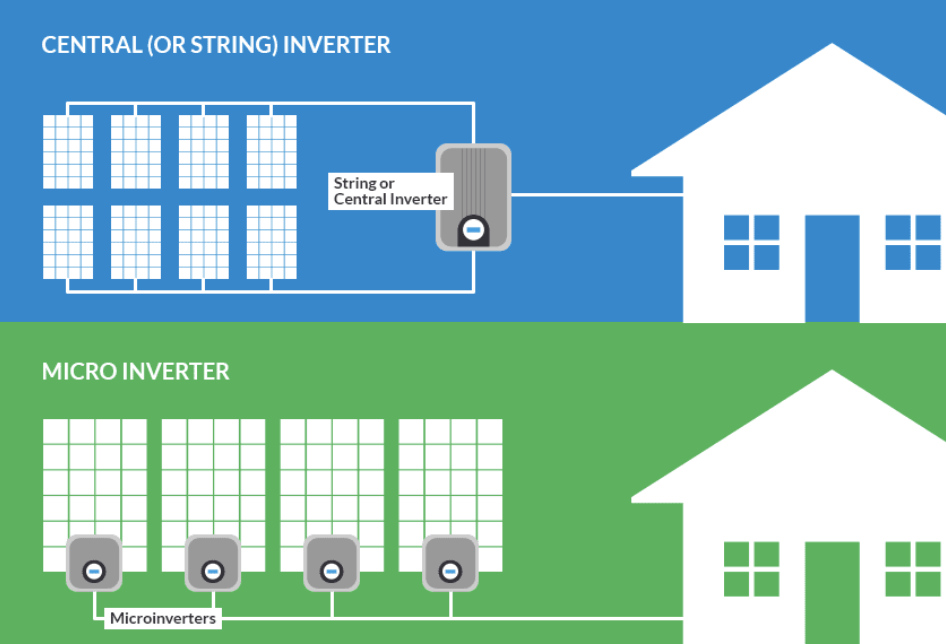
How does the inverter convert the solar energy?
Once the solar panels capture and absorb DC electricity, they feed it to a solar inverter. However, appliances in your home run on alternating current (AC) electricity. Therefore, the inverter must take the DC electricity collected from your panels and convert it into AC electricity to create usable power. There are two common types of inverters: string inverters and microinverters. A string inverter is mounted to the side of your home and converts the electricity generated by your system in one place. Furthermore, micro-inverters are attached to each solar panel, allowing DC to be converted to AC right at the panel.
Inverters are hooked up to your home’s electrical panel, which distribute energy to your home as needed. The panel is connected to every electrical outlet and appliance on your electrical system. These include your refrigerator, dishwasher, air conditioning system, or even your electric vehicle.
How is solar power Sent to the Grid?
Excess energy will be sent to the grid if your panels generate more electricity than your home uses. On the other hand, if you are using power when your panels aren’t producing electricity or using more energy than your panels have, energy will be drawn from the grid. That’s where the electric meter comes in. The meter measures the flow of electricity in and out of your home. Therefore, this allows homeowners who have invested in solar to offset their energy bill every month.
For information tailored to your home, let us connect you with a dedicated solar technician. There’s never been a better time to invest in a home solar power system. Click here to get your free quote today!

